On October 1, speaking with reporters from Tin Tuc and Dan Toc newspaper, the leader of the Hanoi drainage sector explained the reasons why many wards and communes in the capital were heavily flooded on September 30 and solutions to overcome the situation in the coming time.
Rainfall nearly doubles the capacity of the drainage system
According to Mr. Trinh Ngoc Son, Deputy General Director of Hanoi Drainage Company, the capital's drainage system is currently designed to handle only about 310mm of rain in two days. However, the recent rain has far exceeded this threshold, pouring down hundreds of millimeters of water in just a few hours, causing many central streets to be heavily flooded.
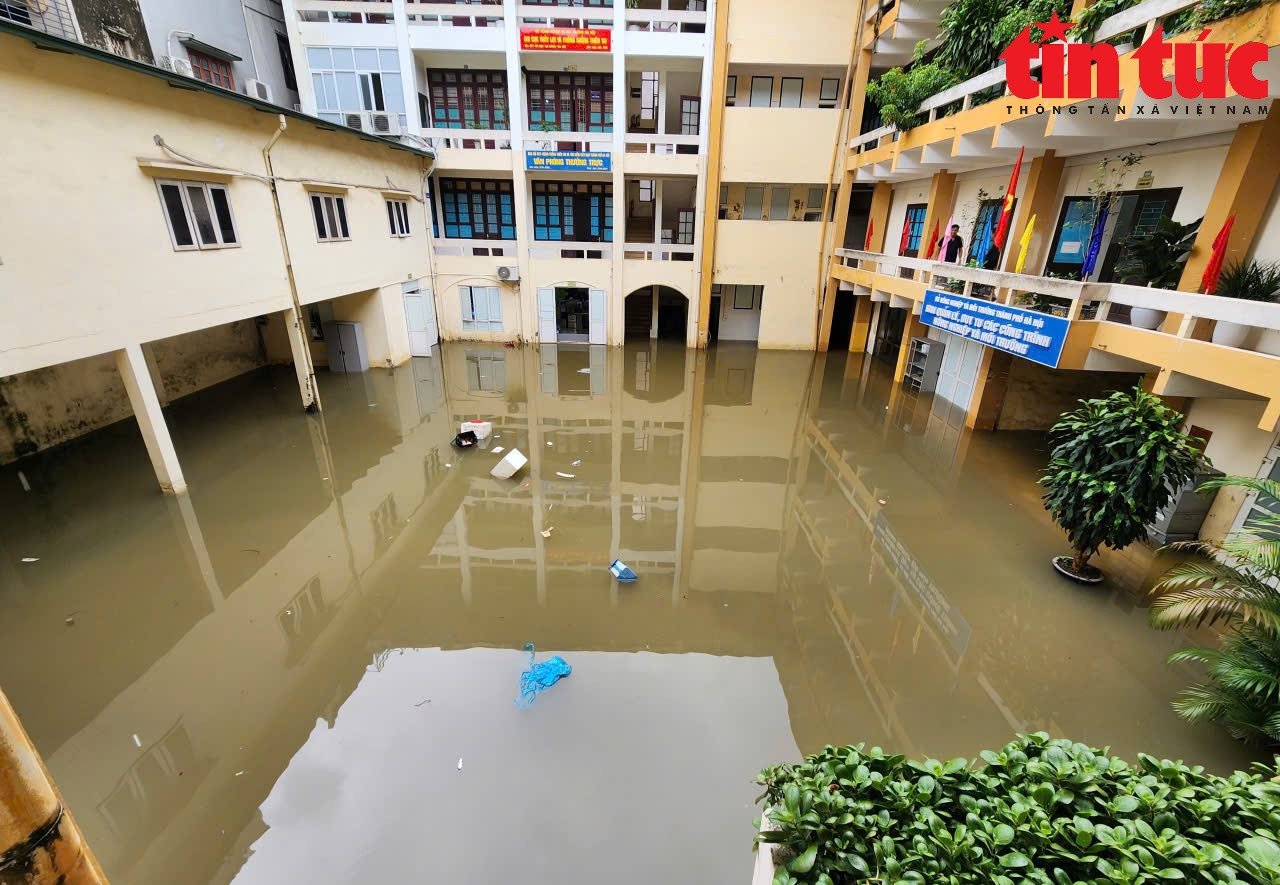
“The main reason is that the extreme rainfall far exceeds the design capacity. In addition, the reservoir has not been synchronously renovated, the limited canal system makes drainage slow. We have mobilized more than 2,000 officers and workers, operated the pumping station, opened the manhole cover to speed up drainage but still cannot avoid flooding,” Mr. Son shared.
According to Mr. Trinh Ngoc Son, the recurring flooding in some areas over the past years clearly reflects that drainage infrastructure has not been invested in commensurate with the speed of urbanization. Projects to build pumping stations, dredge rivers and lakes, and improve drainage systems have been proposed but have been slow to be implemented, limiting the ability to cope with heavy rains.
From the irrigation perspective, Mr. Nguyen Duy Du, Head of the Hanoi Department of Irrigation and Natural Disaster Prevention, said that the rainfall during storm No. 10 not only caused flooding in the inner city but also had a major impact on the suburbs. In some places, rainfall reached 520mm in just 3 hours, leading to the risk of flooding rice and crops on a large scale.
Mr. Nguyen Duy Du said that the current major difficulty is that the flood drainage system of Nhue and Day rivers has not been completed. Yen Nghia pumping station has a large capacity but cannot operate at full capacity because the canal is not synchronized, causing obstacles to the drainage of the western and southern areas of Hanoi. As a result, many suburban areas are deeply flooded and it is difficult to drain water quickly after heavy rains.
Hope people understand
The representative of the urban management agency, Mr. Le Van Du, Head of the Department of Water Supply and Drainage Infrastructure Management (Hanoi Department of Construction) also frankly admitted: on September 30, the extremely heavy and prolonged rainfall far exceeded the system capacity. At O Cho Dua, the rainfall measured 527mm, exceeding 170% of the design; at Hai Ba Trung, 407mm, exceeding 131%.
“This is an unusual natural disaster that directly affects people’s lives. The Department of Construction apologizes and hopes that people will share and understand,” said Mr. Du.
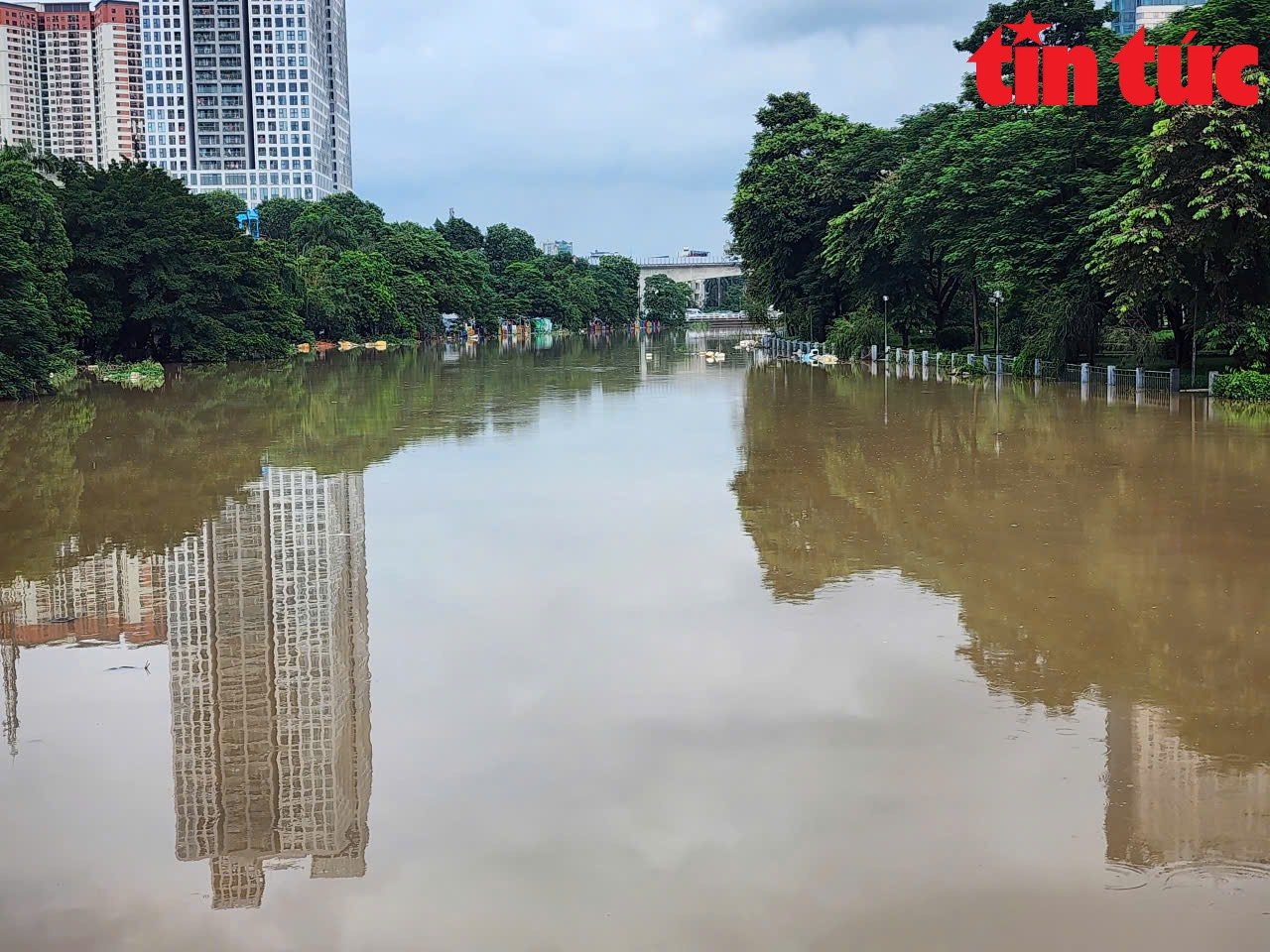
Mr. Le Van Du also pointed out another important reason: many new urban areas have not invested in a synchronous drainage system, and the foundation is not consistent with the surrounding area. Therefore, when it rains heavily, water from high areas quickly flows to low-lying areas, creating localized flooding, while the main pumping stations have not been fully built.
Regarding the solution to overcome the above situation, the representative of Hanoi Department of Construction said that the city must speed up the implementation of approved drainage projects, including renovating the regulating lake, building the main pumping station, and dredging rivers. New urban areas must connect the internal drainage system with the general drainage network.
The Hanoi Department of Construction has also proposed to study the construction of underground water tanks in parks, flower gardens, and public land, combined with step-change pumping stations to increase drainage capacity in a short time. This is a model that has been applied by many large cities in the world to reduce flooding in extreme rain conditions.
In addition, the planning of the drainage elevation of the capital until 2045, with a vision to 2065, will be calculated on the basis of climate change, aiming at the ability to cope with rainstorms with intensity far exceeding the current design level (310mm/2 days).
Source: https://baotintuc.vn/xa-hoi/ha-noi-ly-giai-vi-sao-ngay-309-toan-thanh-pho-bi-ngap-nang-20251001151137765.htm


![[Infographic] Notable numbers after 3 months of "reorganizing the country"](https://vphoto.vietnam.vn/thumb/1200x675/vietnam/resource/IMAGE/2025/10/4/ce8bb72c722348e09e942d04f0dd9729)


![[Photo] Students of Binh Minh Primary School enjoy the full moon festival, receiving the joys of childhood](https://vphoto.vietnam.vn/thumb/1200x675/vietnam/resource/IMAGE/2025/10/3/8cf8abef22fe4471be400a818912cb85)





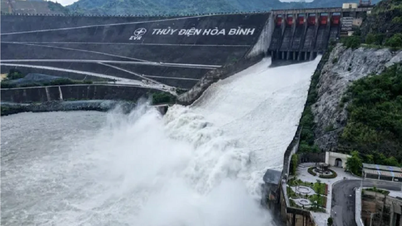





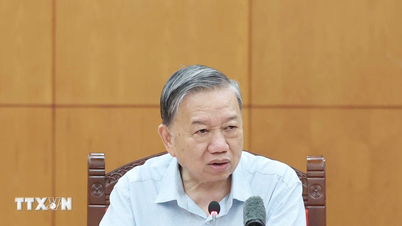





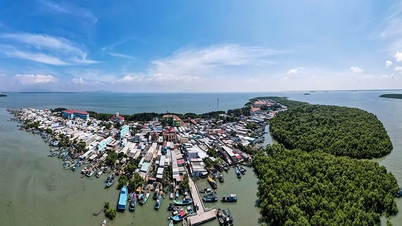
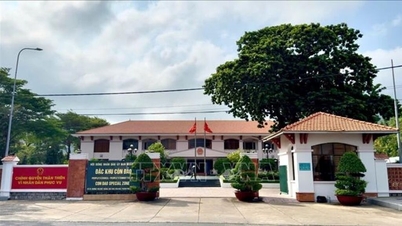





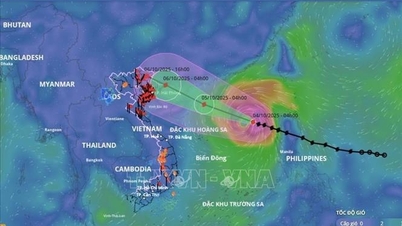

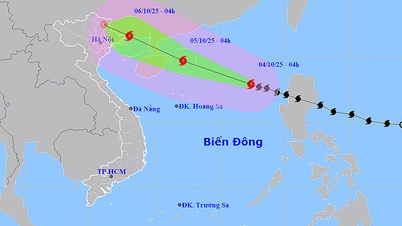



![[Photo] Prime Minister Pham Minh Chinh chairs meeting to deploy overcoming consequences of storm No. 10](https://vphoto.vietnam.vn/thumb/1200x675/vietnam/resource/IMAGE/2025/10/3/544f420dcc844463898fcbef46247d16)




































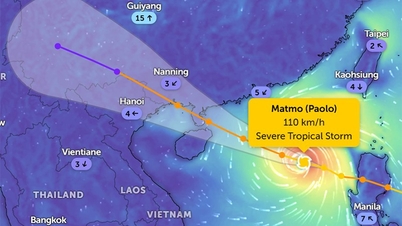

















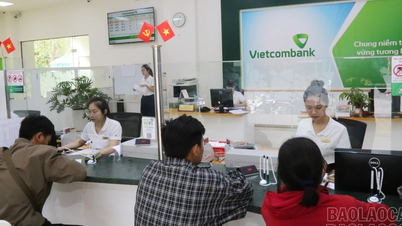











Comment (0)